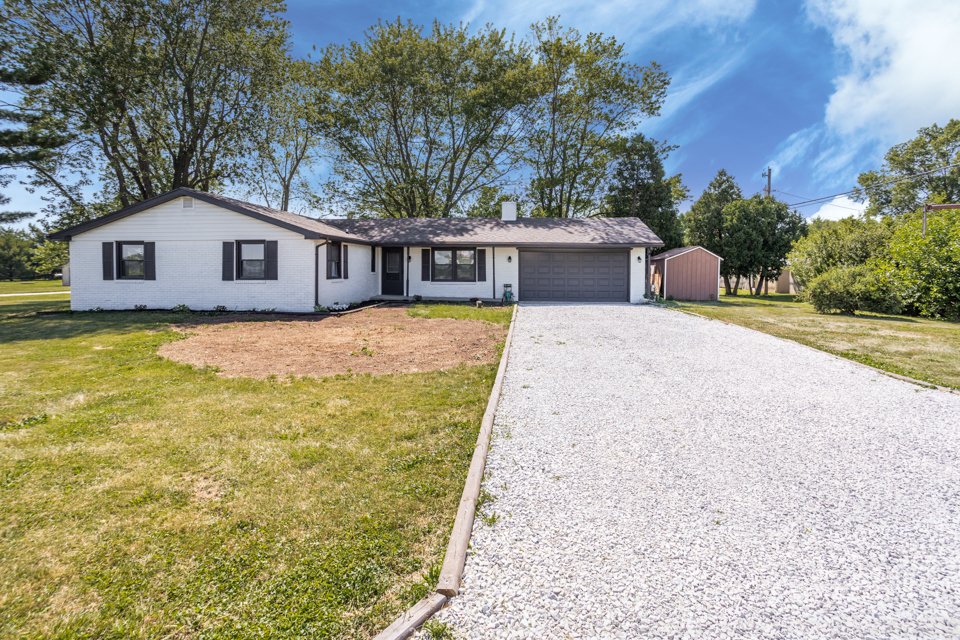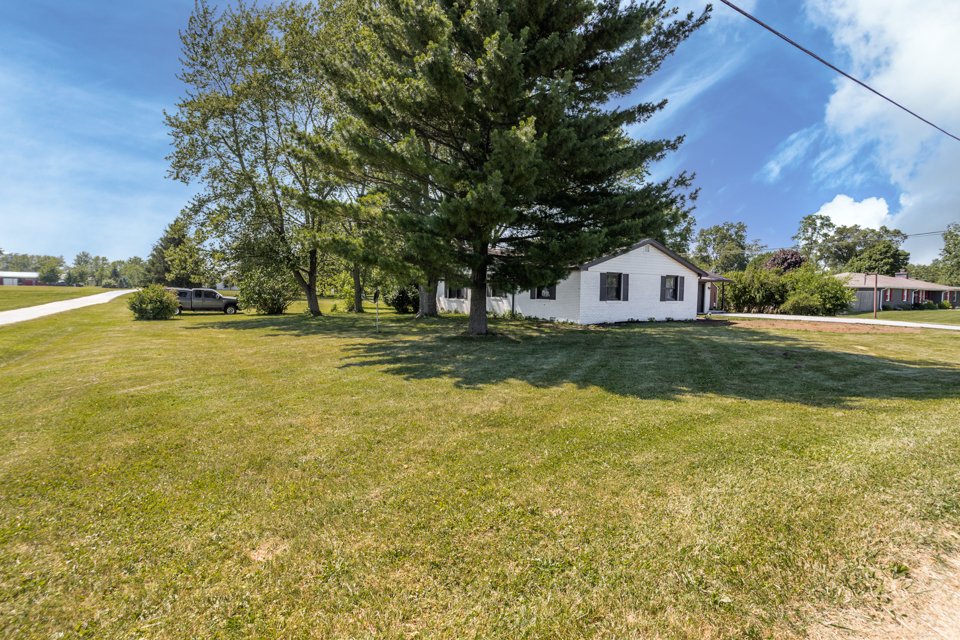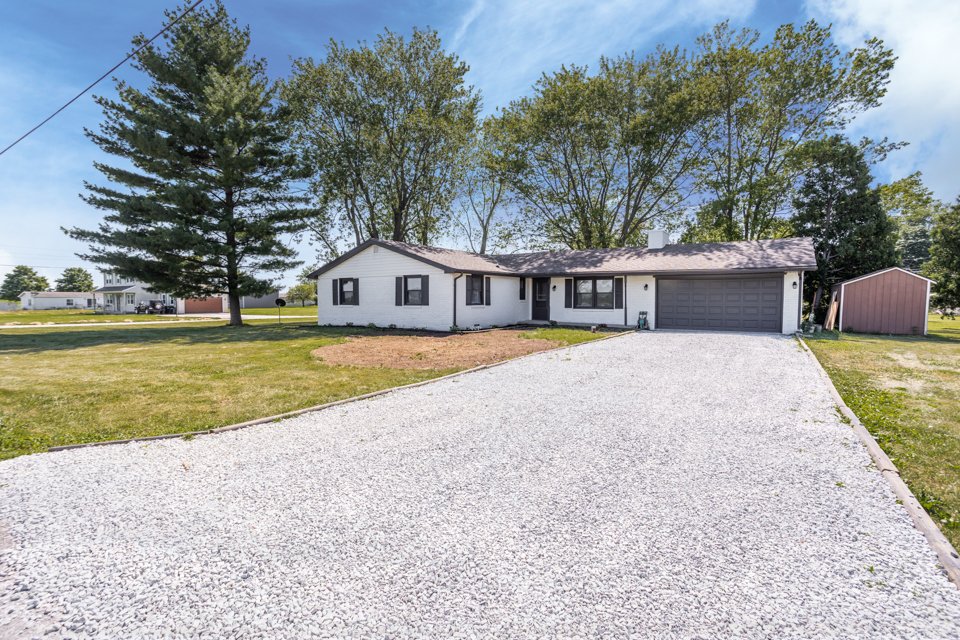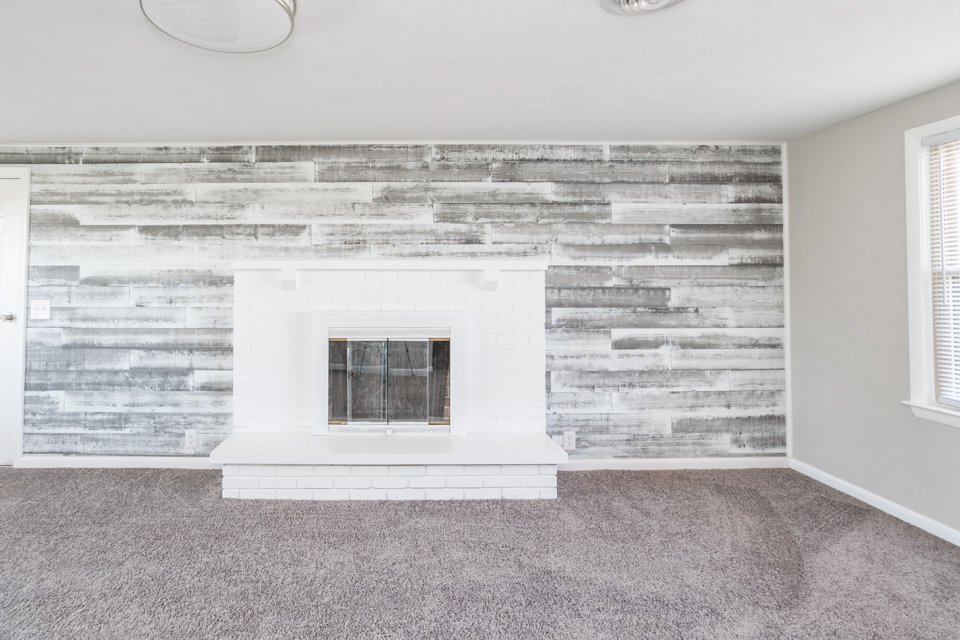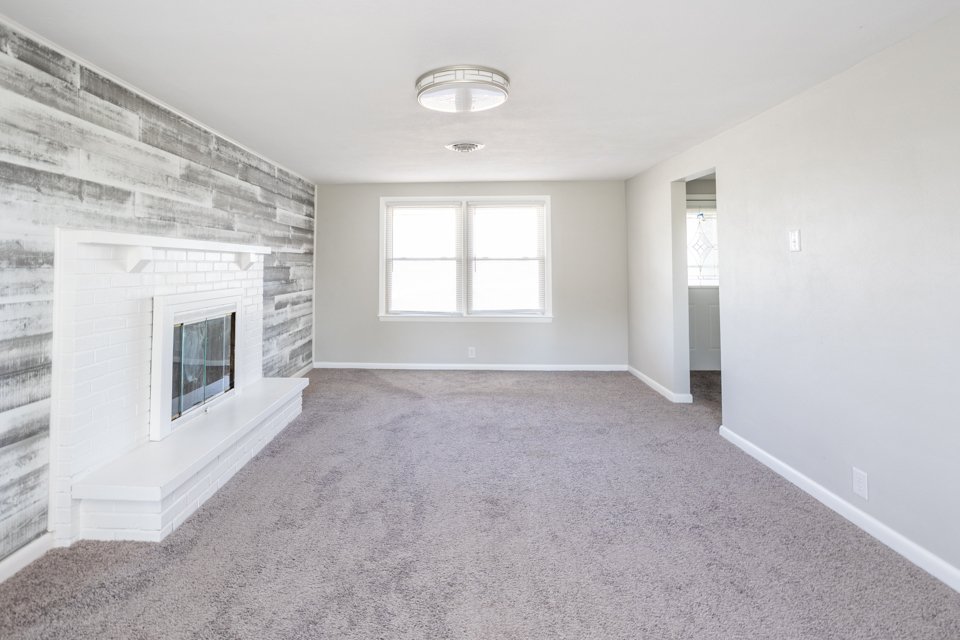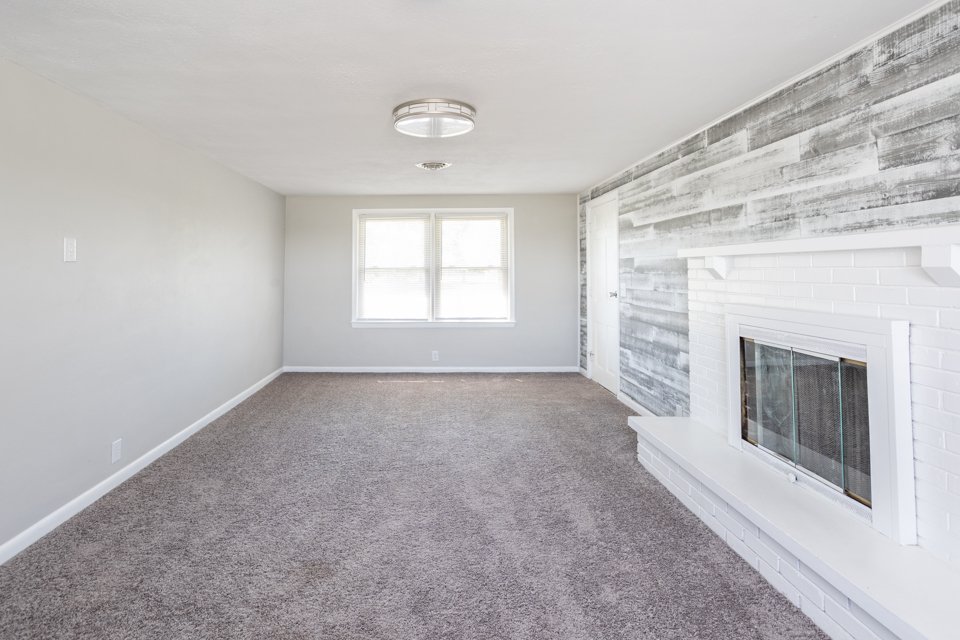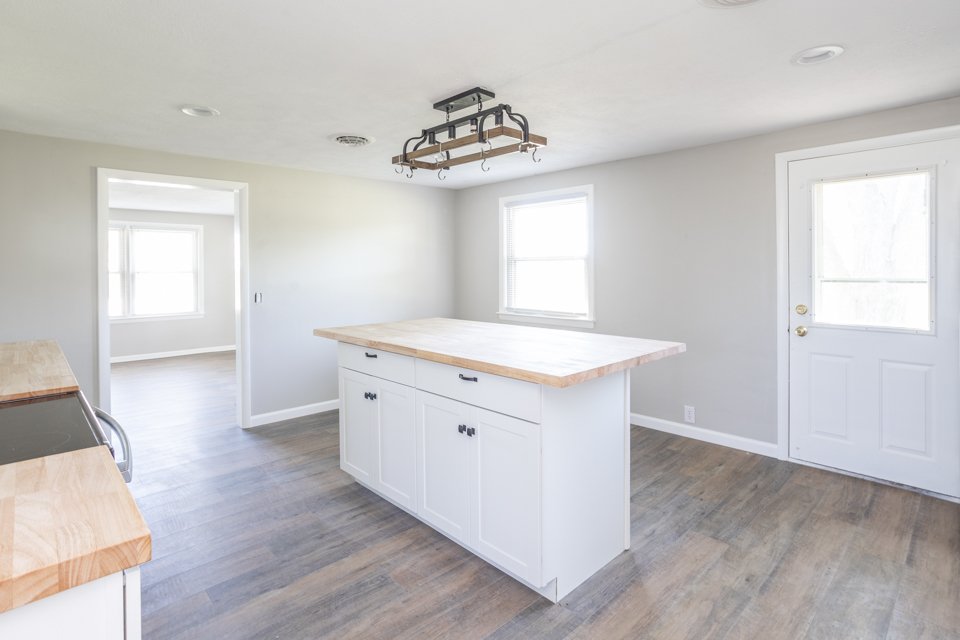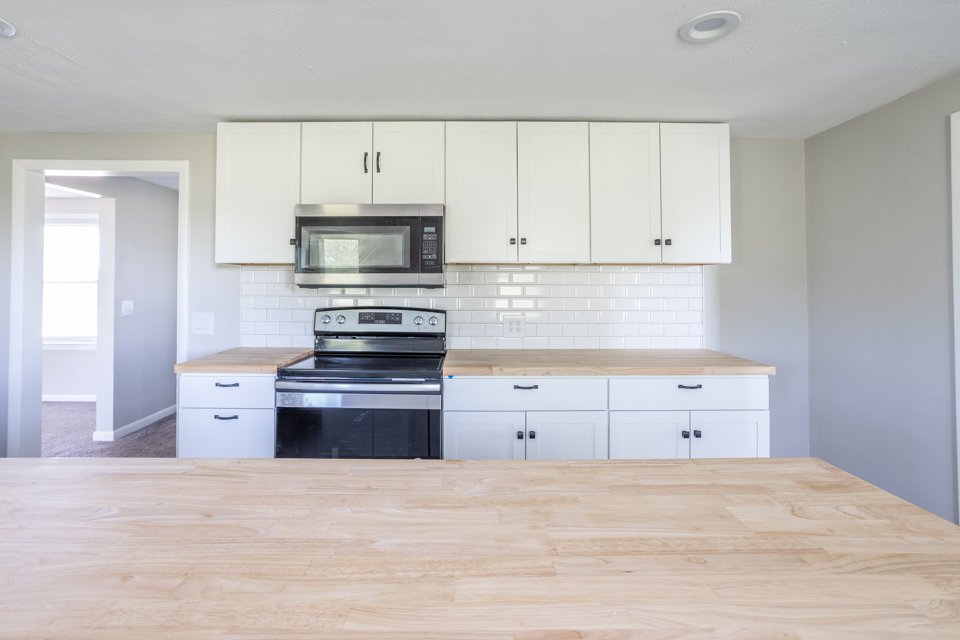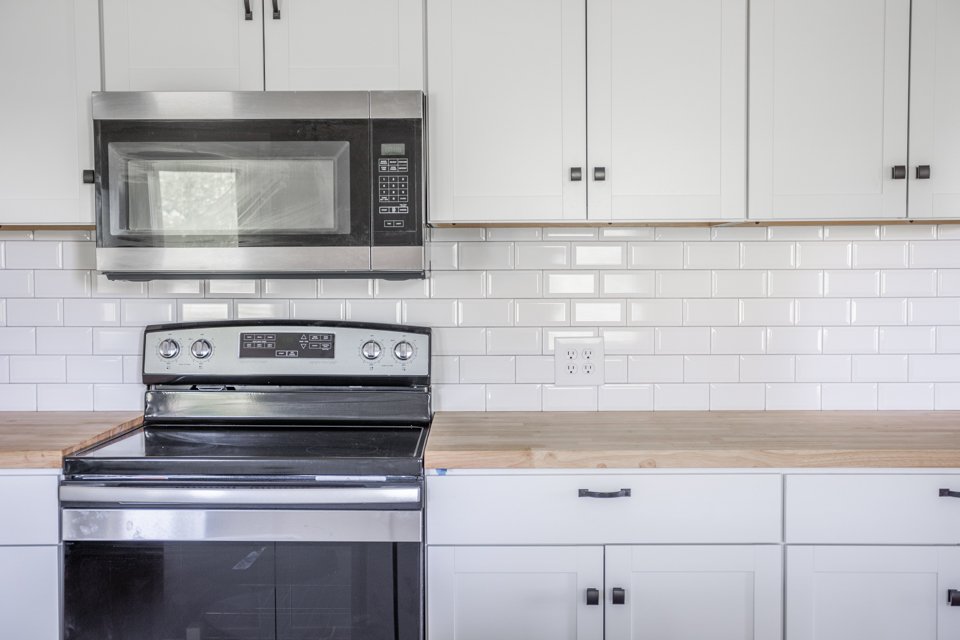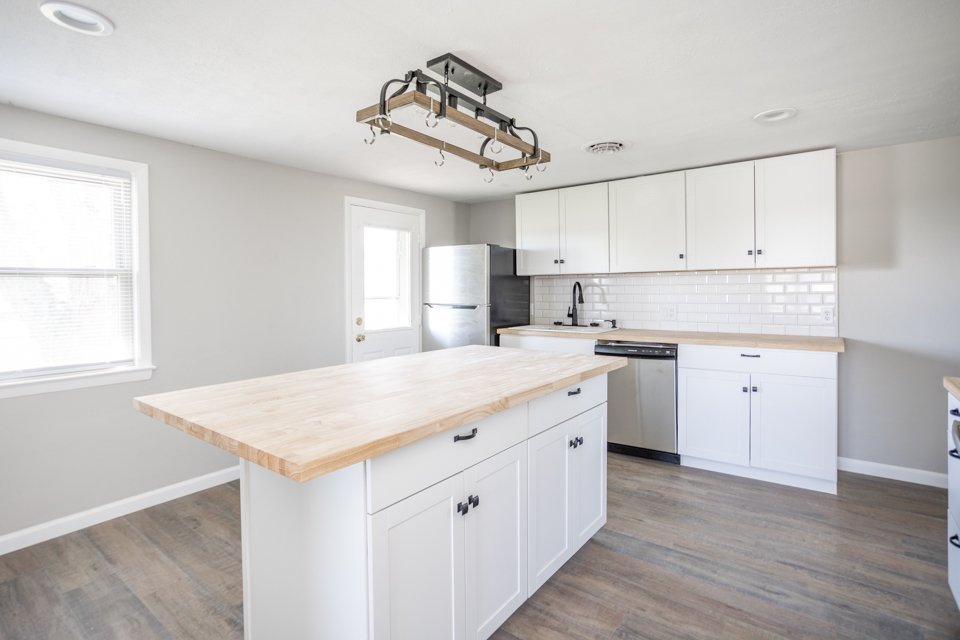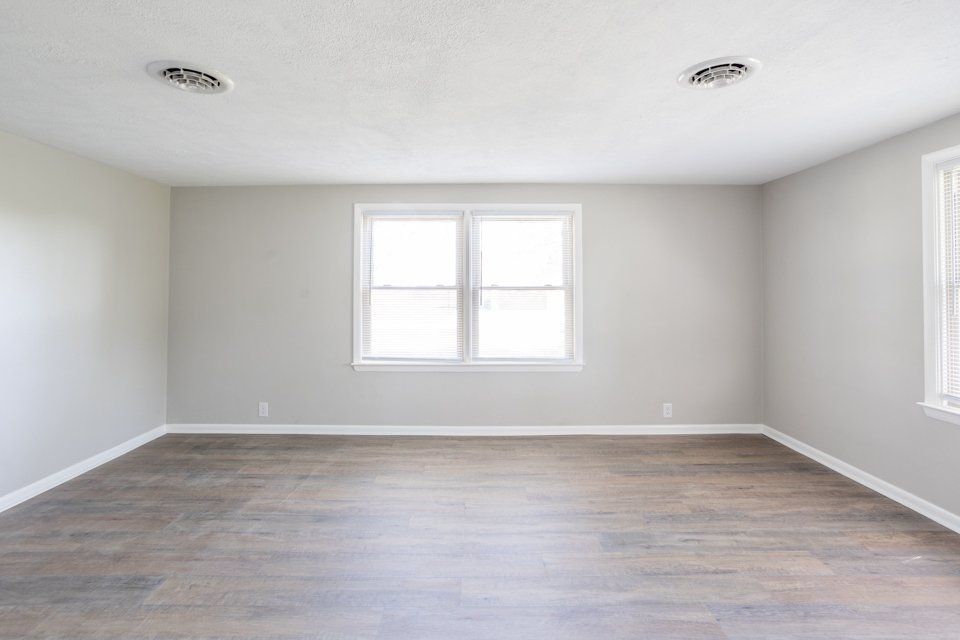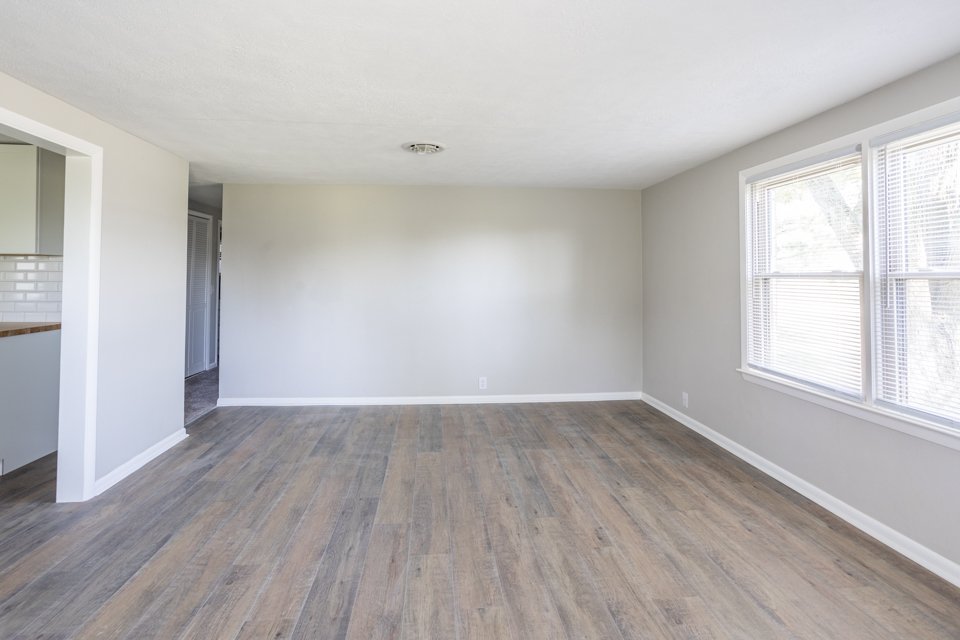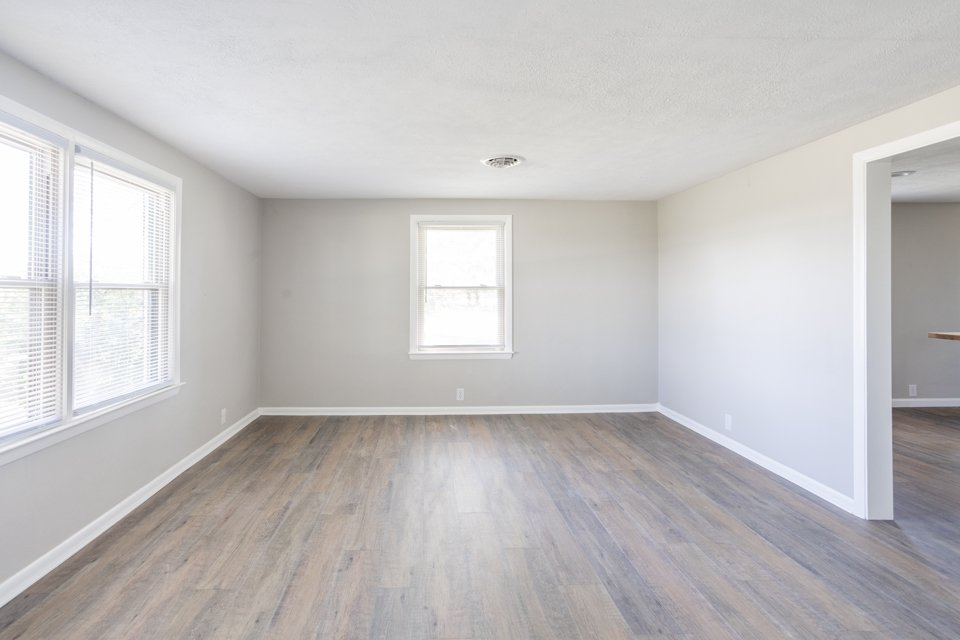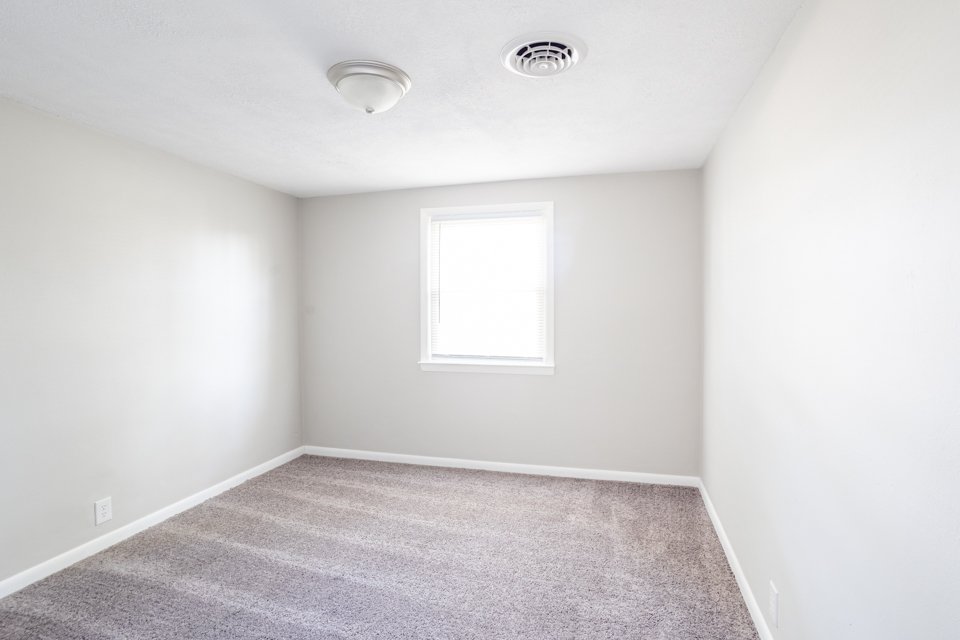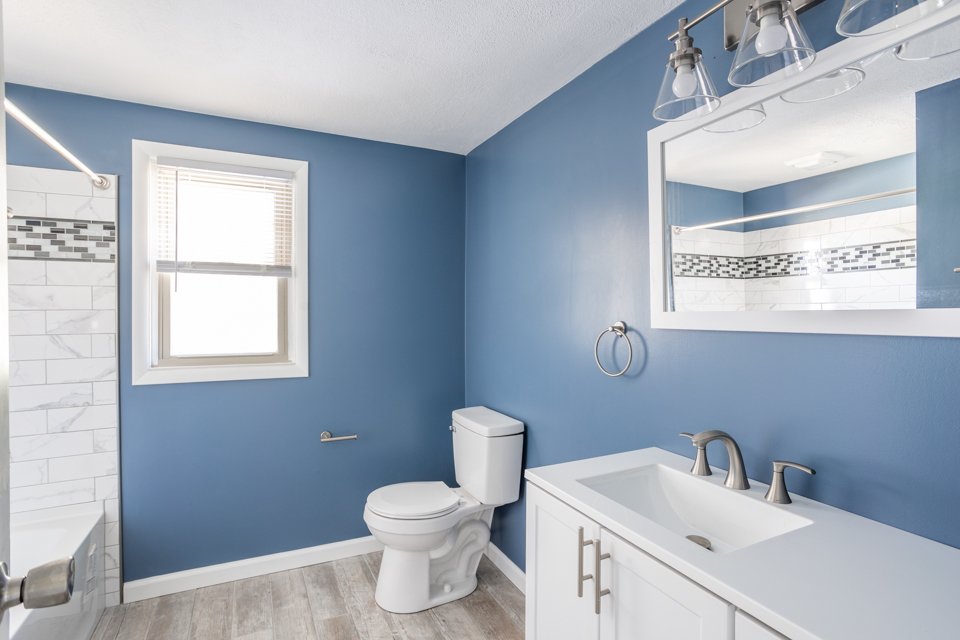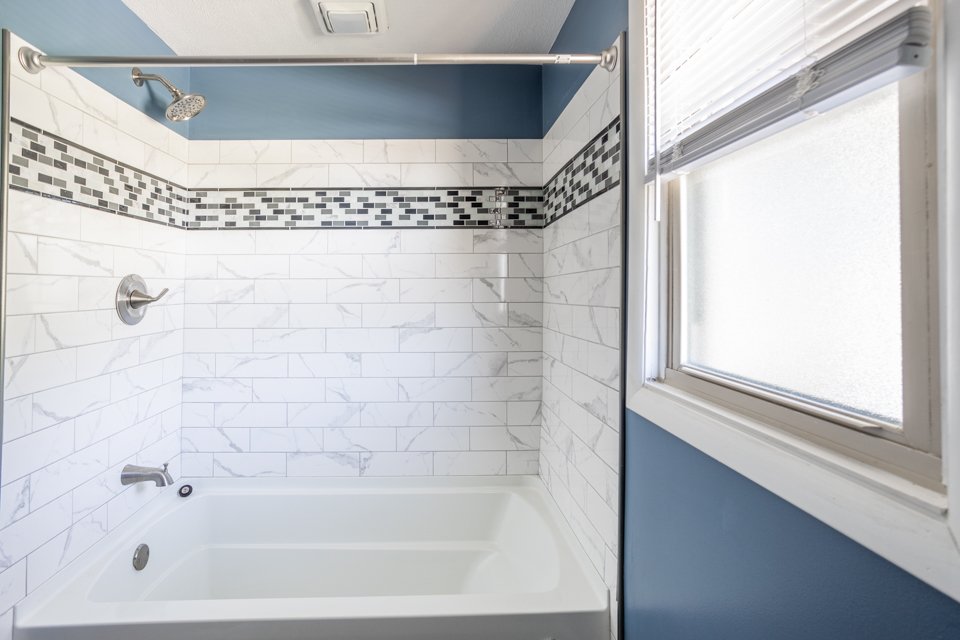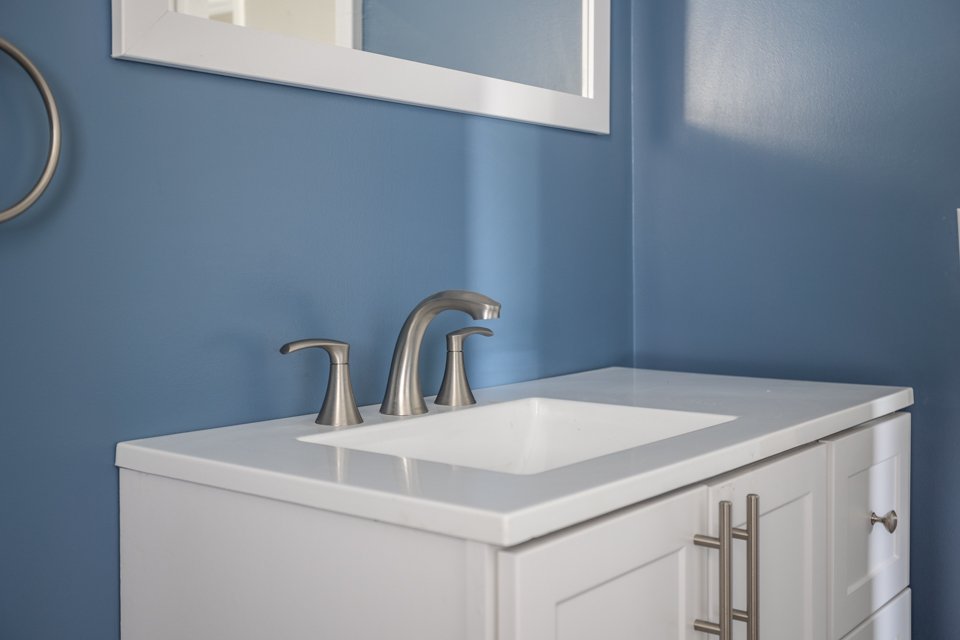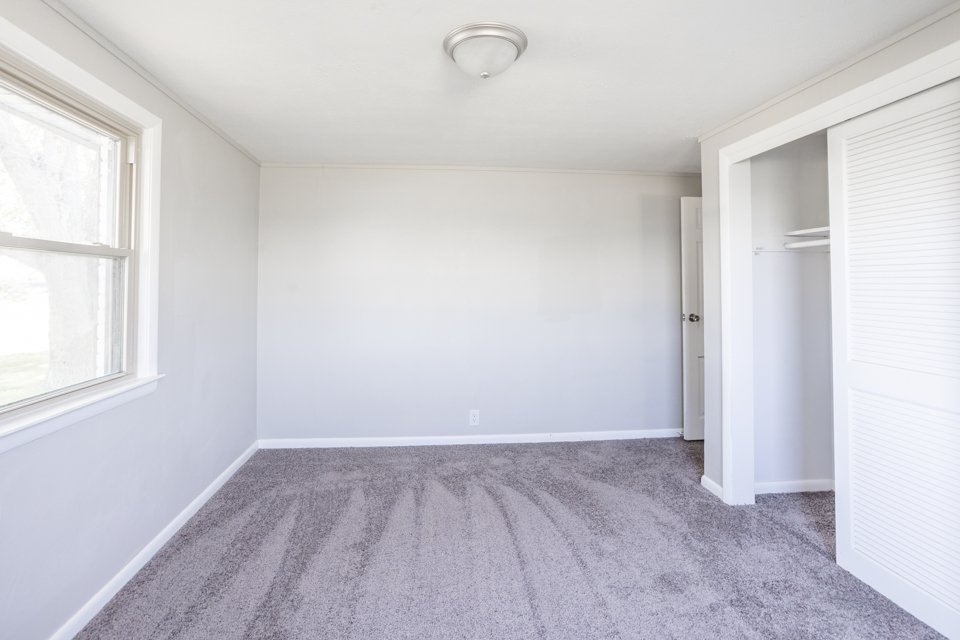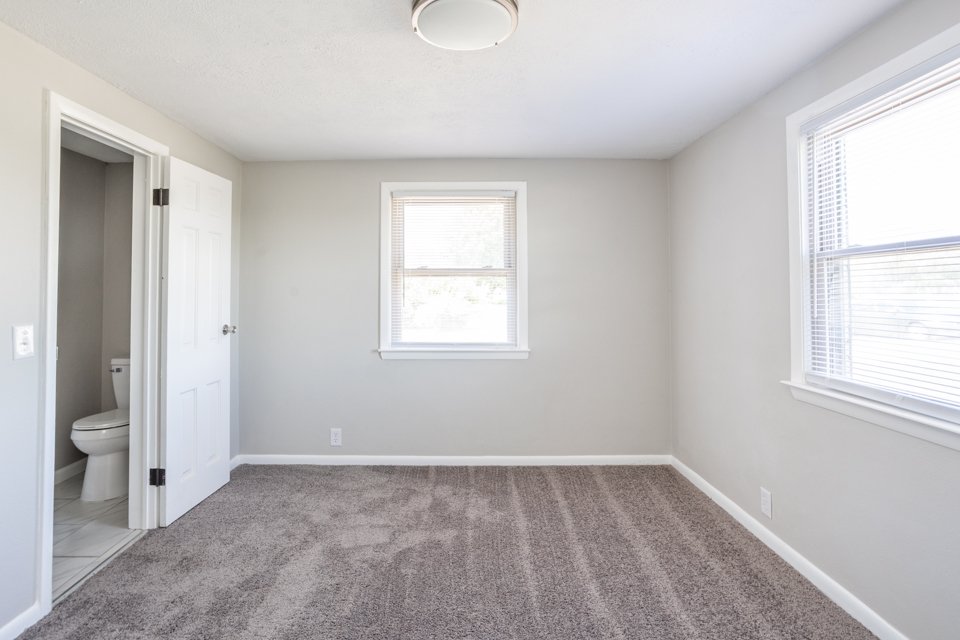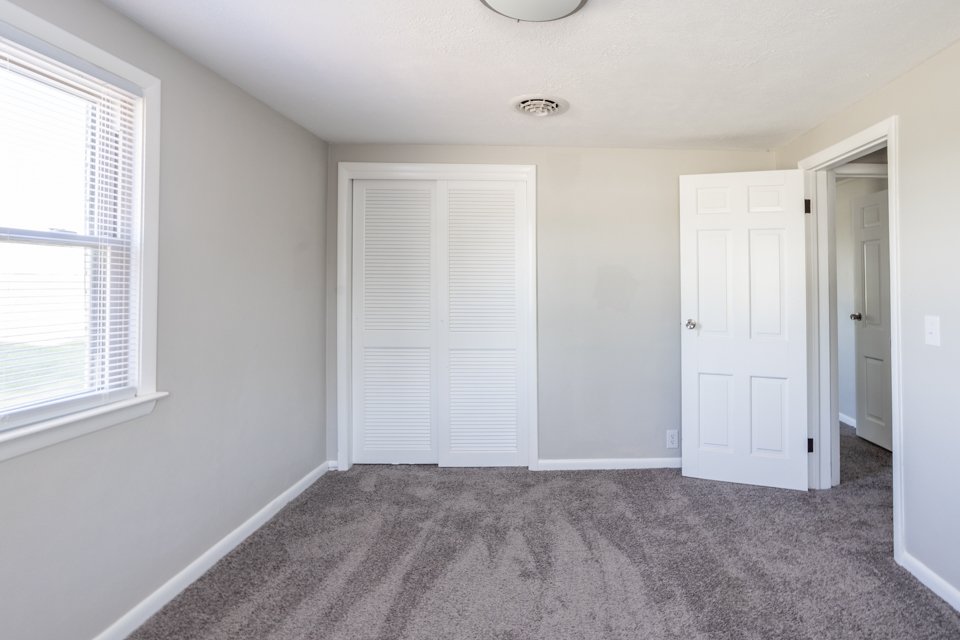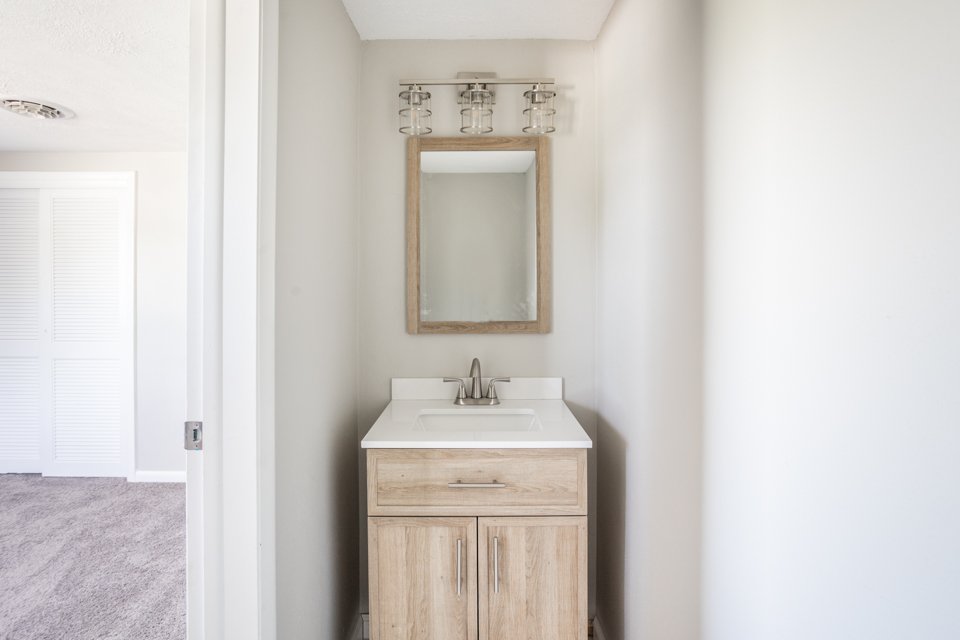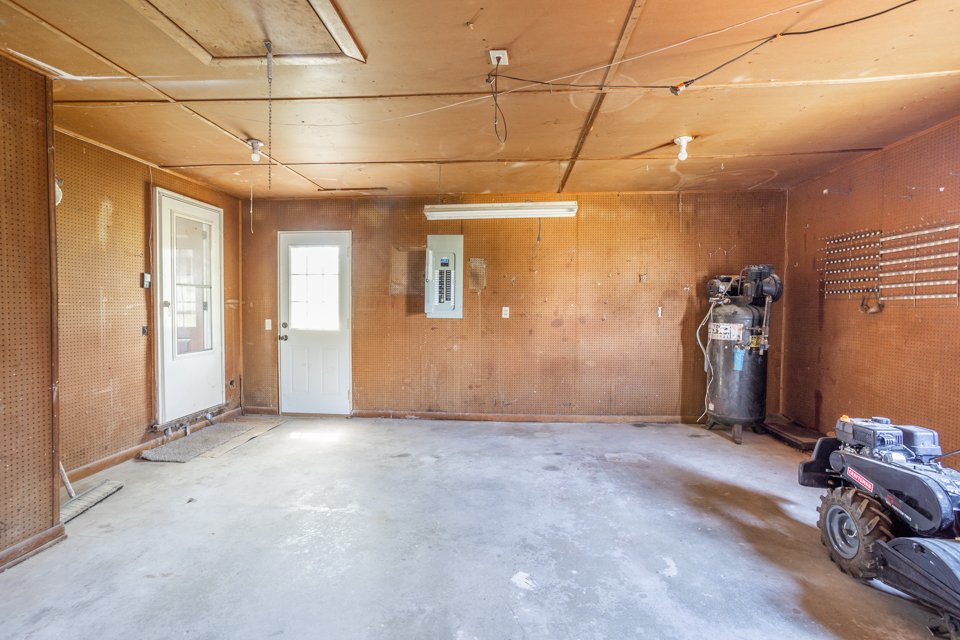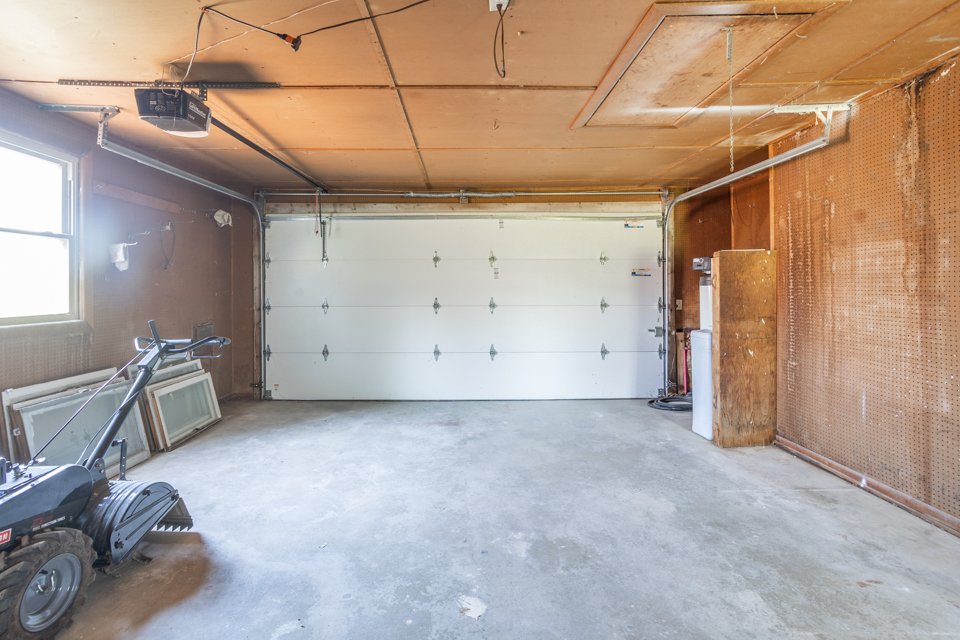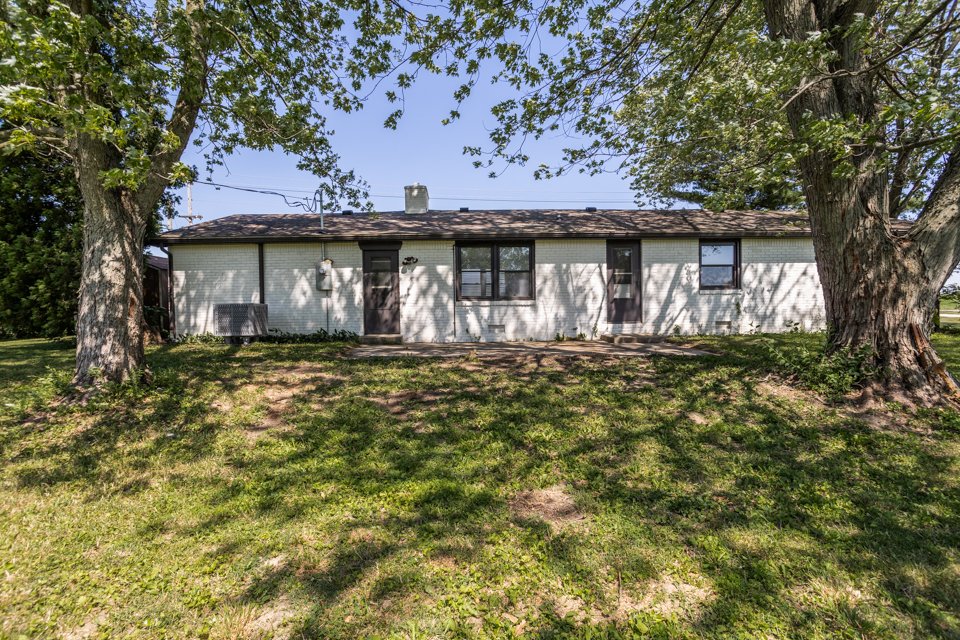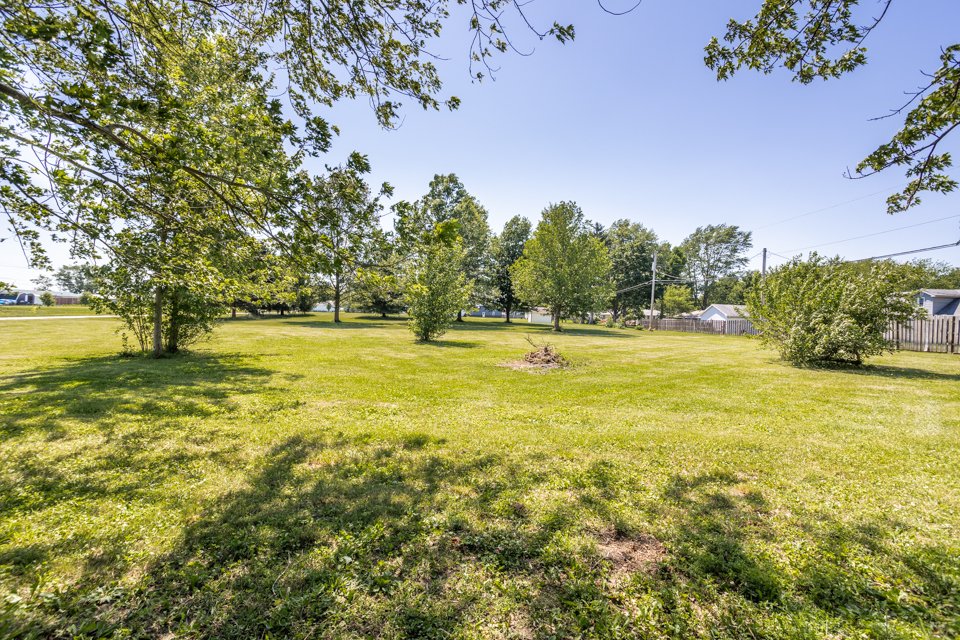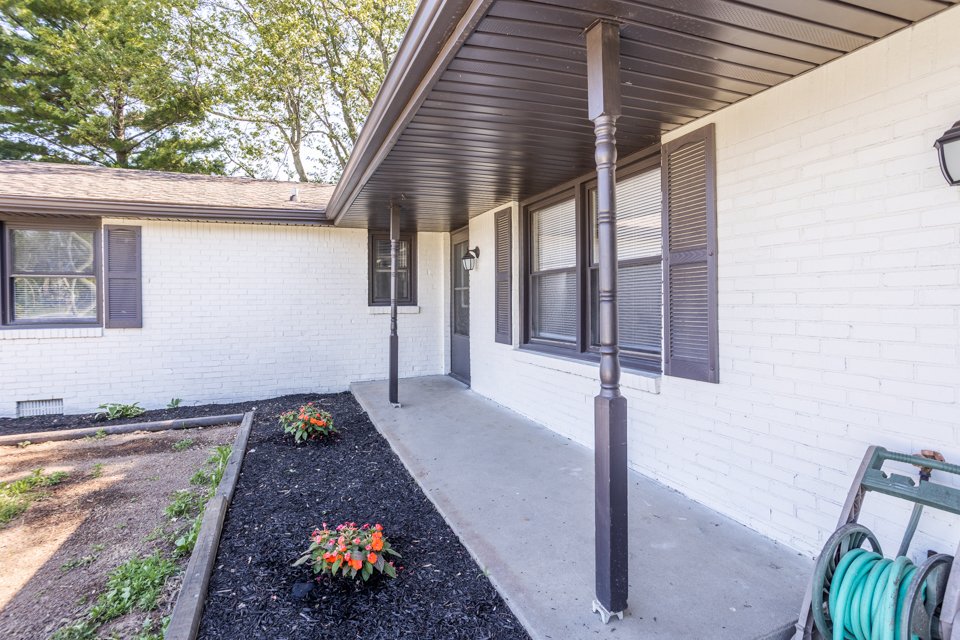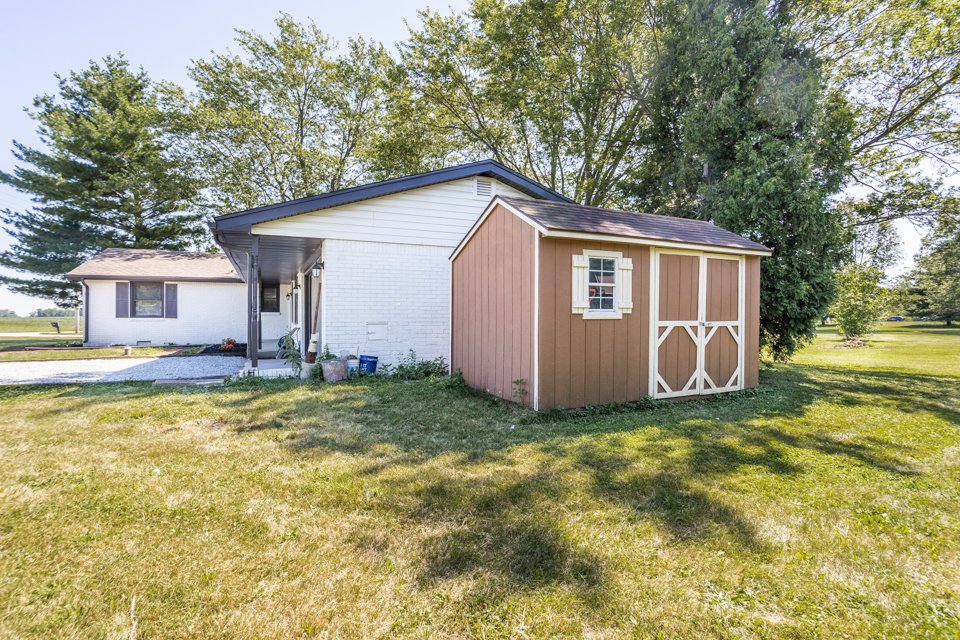Understanding Real Estate Photography Pricing: What to Expect and How to Budget
Investing in professional real estate photography can significantly enhance your property listings, ultimately leading to faster sales and higher returns. However, it's crucial to understand the costs associated with this service to budget appropriately and maximize your investment. In this blog post, we'll explore the factors that influence real estate photography pricing and provide tips on how to budget for this essential marketing tool.
Factors that influence real estate photography pricing
Real estate photography pricing can vary greatly depending on several factors, including:
Location: Pricing can vary by region, with metropolitan areas typically having higher rates than rural locations.
Photographer's experience: More experienced photographers may charge higher fees due to their expertise and portfolio quality.
Property size and type: Larger and more complex properties often require more time and effort to photograph, which can result in higher fees.
Number of photos: The more images you request, the higher the overall cost.
Additional services: Some photographers offer add-ons like aerial photography, virtual tours, and advanced editing, which can increase the cost.
Turnaround time: If you require a quick turnaround, you may need to pay a rush fee.
Pricing structures
Real estate photographers typically offer a few different pricing structures, such as:
Flat-rate packages: These packages include a set number of photos and may include additional services like editing and resizing. This option offers a clear, upfront cost, making it easy to budget for.
Hourly rates: Some photographers charge by the hour, with the final cost depending on the time spent on-site and editing. This pricing structure can be less predictable, so it's essential to get an accurate estimate of the time required beforehand.
Custom quotes: For unique properties or specific requirements, photographers may provide custom quotes tailored to your needs. This approach allows for flexibility but may require more negotiation and communication.
How to budget for real estate photography
To budget effectively for real estate photography, consider the following steps:
Research local photographers: Start by researching photographers in your area and comparing their portfolios, experience, and pricing structures. This research will give you an idea of the average cost and help you find a photographer that suits your needs and budget.
Determine your requirements: Before reaching out for quotes, determine the number of photos you need and any additional services you require, such as aerial photography or virtual tours. Having a clear idea of your requirements will make it easier to compare quotes and negotiate pricing.
Factor in the potential return on investment: While real estate photography can be an upfront expense, consider the potential return on investment. High-quality images can lead to faster sales and higher selling prices, ultimately making the investment worthwhile.
Plan for ongoing expenses: If you consistently list properties, it's essential to budget for ongoing real estate photography expenses. You may be able to negotiate discounted rates for repeat business or purchase a package with a set number of sessions.
Understanding real estate photography pricing is crucial for agents looking to invest in this valuable marketing tool. By considering the factors that influence pricing, exploring different pricing structures, and budgeting effectively, you can maximize your investment and ensure your property listings stand out from the competition.
